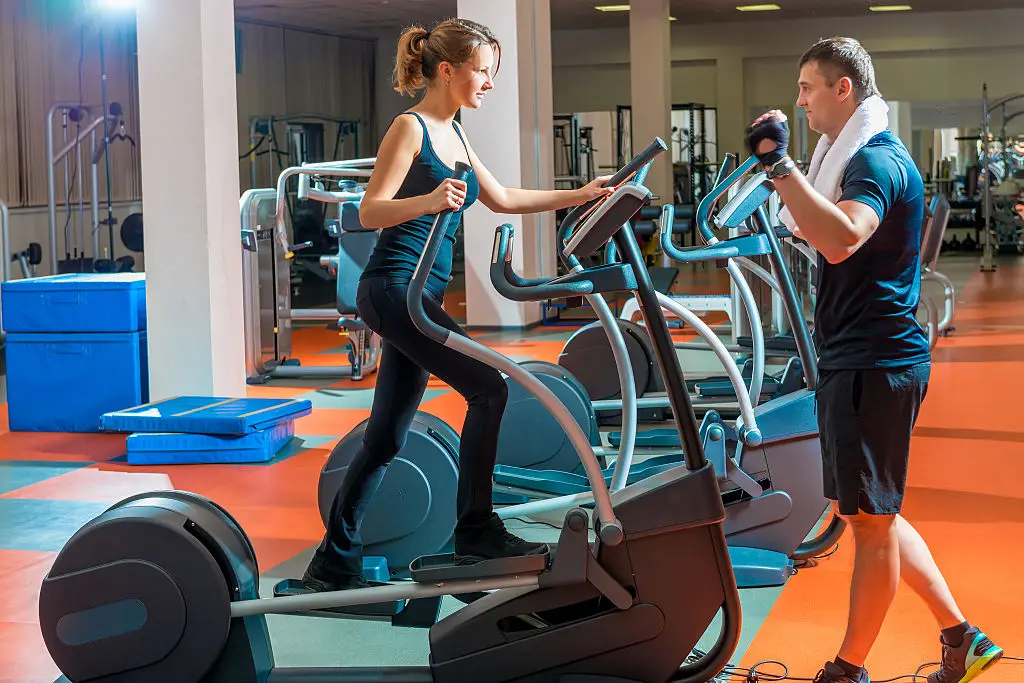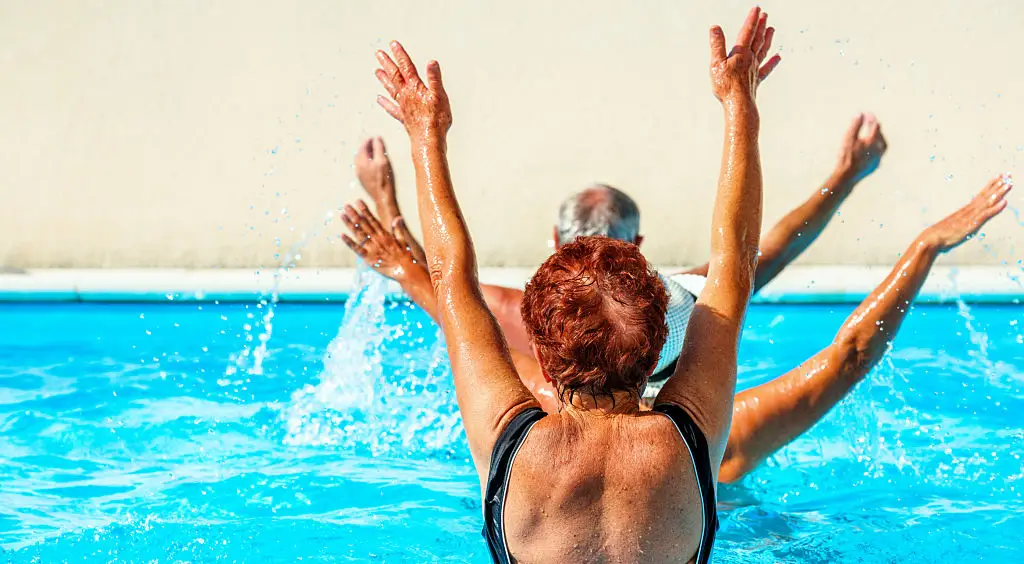Impact Without the Injury: 11 Reasons Low-Impact Workouts Are Your Best Bet This Winter
When cold winds sting your cheeks and sidewalks are slick, motivation to work out can lose its spark. But winter doesn't have to mean pausing your wellness journey or waiting for brighter weather. For many, the idea of exercise conjures images of jarring sprints or high-impact routines that seem tougher on joints than on calories. Thankfully, there's another path—one that's gentle on your body yet powerful in benefits. Low-impact workouts offer accessible, science-backed ways to nurture your heart, protect your joints, and boost your mood, even when the snow piles up outside. Whether you’re just starting, living with chronic pain, or simply wanting a rhythmic routine that fits real life, this list gives you research-backed reasons to embrace low-impact movement all winter long. Here you'll find expert insights, actionable tips, and gentle encouragement to make physical activity a self-care ritual—not another chore. Let’s explore 11 ways these gentle workouts can help you stay vibrant, confident, and injury-free this winter (and beyond).
1. Low-Impact, Big Results: The Power of LISS Training

Imagine a workout that’s both effective and gentle on your body. That’s the promise of LISS—Low-Intensity Steady State training. This approach involves moving at about 50–60% of your maximum heart rate, typically for 45 to 60 minutes. Studies confirm that LISS provides benefits equivalent to high-intensity interval training (HIIT), but without putting your body under immense stress. What does this mean for you? Less risk of injury and a more sustainable path to heart health. Farren Morgan, a tactical athlete and personal trainer, praises LISS, saying, “Low-impact exercises allow individuals to maintain their fitness levels without the risk of overtraining or injury, while staying consistent.” Curious where to start? Try a gentle 30-minute session on the elliptical or a steady walk on the treadmill. These options give your heart a solid workout while letting your joints rest easy. Not only are you improving physical health—you’re building an exercise habit that won’t leave you feeling burnt out or hurting.
2. Protect Your Joints, Preserve Your Mobility

Joints are meant to last a lifetime, but pounding routines can put them at risk. Low-impact workouts are designed with your body’s longevity in mind. These activities keep at least one foot (or hand) grounded; think walking, swimming, or water aerobics. Unlike high-impact exercises—where force can reach three times your body weight at joint contact—low-impact lets the body move smoothly. Water-based workouts offer unique relief, supporting your weight and reducing pressure on hips and knees. According to Peak Performance Chiropractic, walking just 30 minutes daily can lower blood pressure, improve joint stiffness, and even lift your mood. If your knees or hips protest when you bounce, try aquatic fitness or gentle cycling. These options work with your body, not against it, encouraging strong, flexible joints that support you through winter and beyond.
